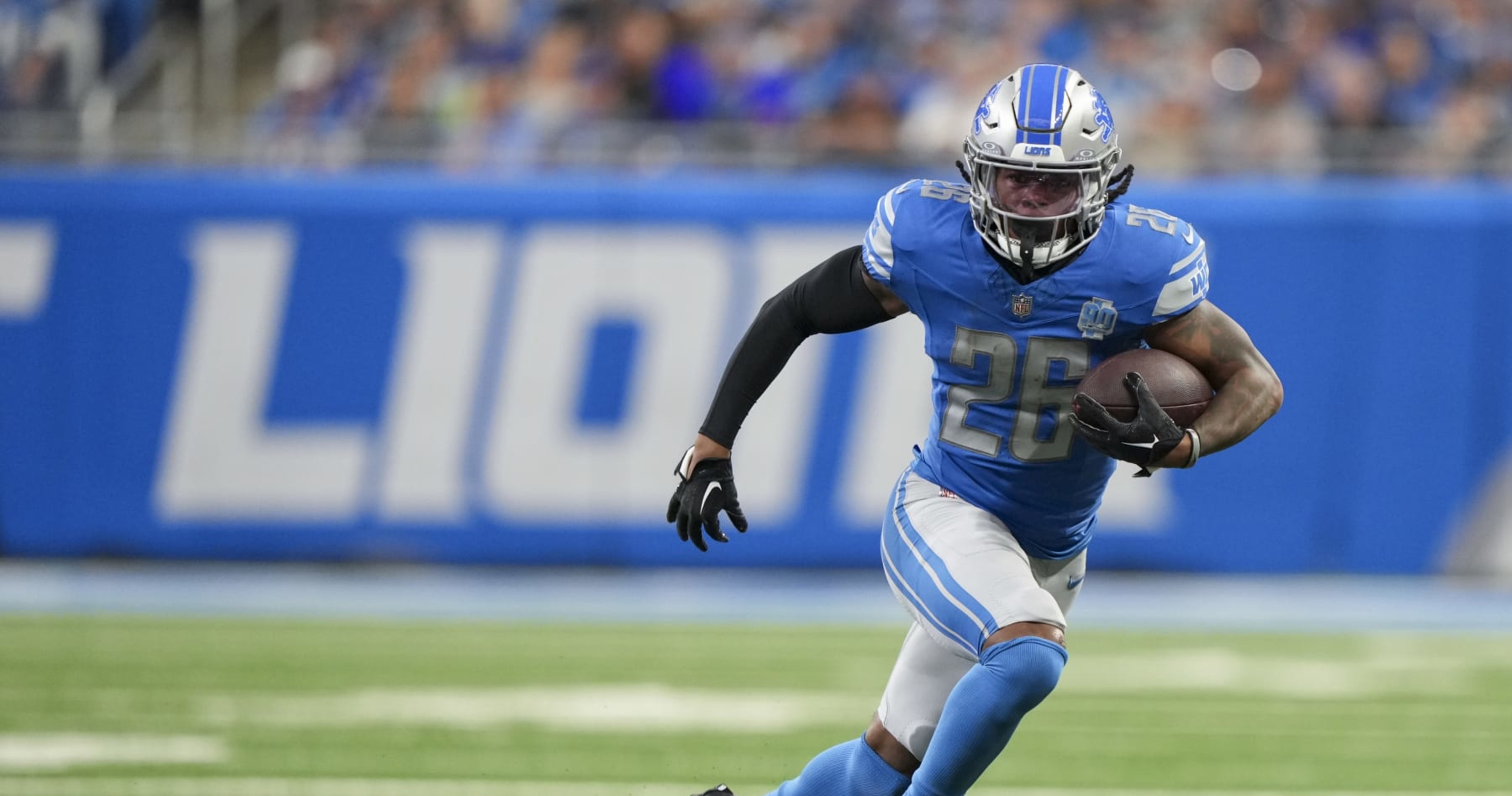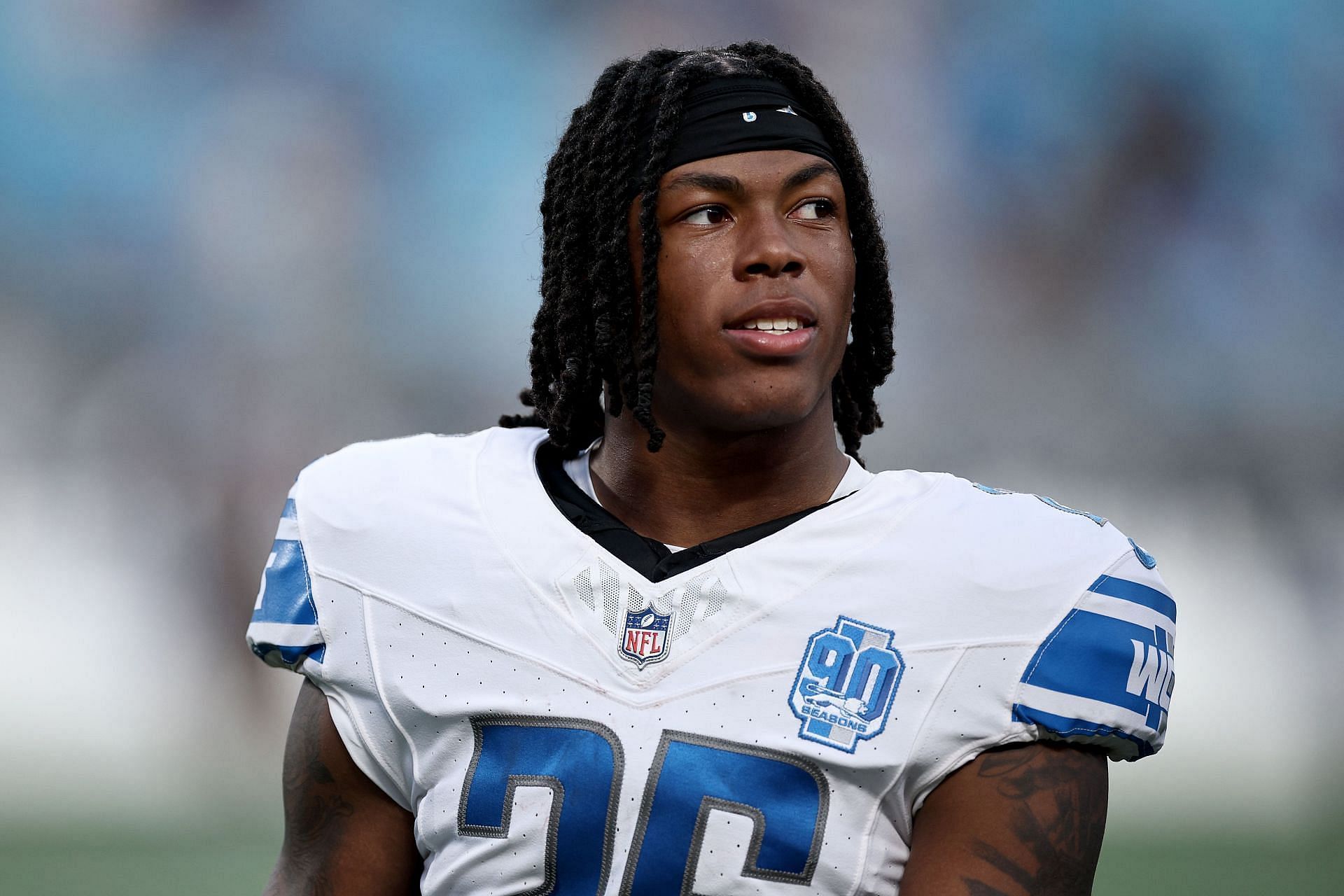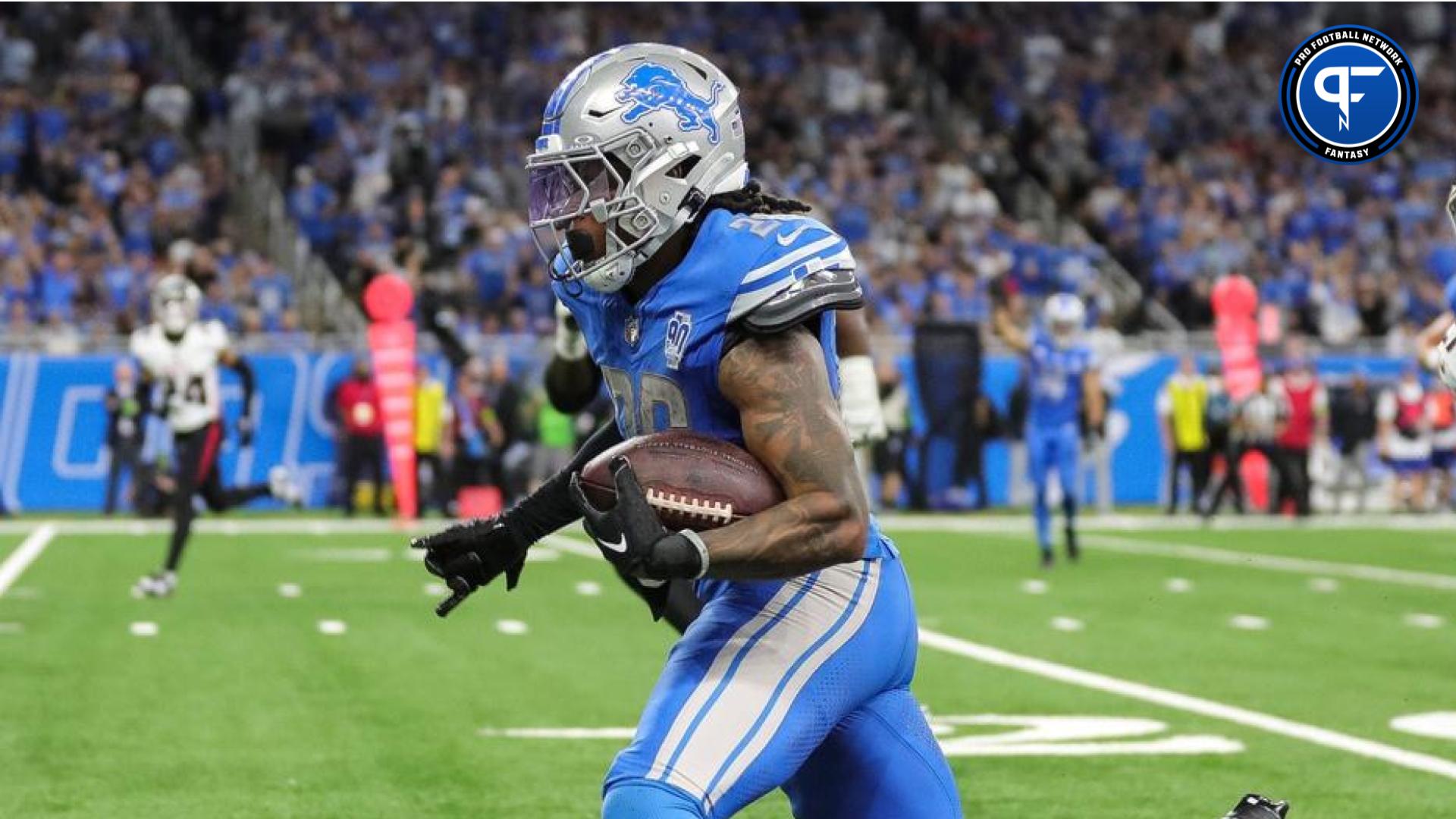Jahmyr Gibbs’ Injury History

Jahmyr Gibbs, a talented running back for the Detroit Lions, has unfortunately experienced several injuries throughout his collegiate and professional career. These injuries have impacted his performance and raised concerns about his long-term durability. This section provides a detailed timeline of Jahmyr Gibbs’ past injuries, analyzing their severity and potential underlying causes.
Past Injuries and Their Impact
Jahmyr Gibbs’ injury history spans his time at both Alabama and Georgia Tech.
- September 2020 (Georgia Tech): Gibbs suffered a foot injury during his freshman season at Georgia Tech, which limited his playing time. The injury’s severity and specific details are not publicly available, but it did impact his early performance.
- October 2020 (Georgia Tech): Gibbs sustained a hamstring injury during a game against Florida State. This injury forced him to miss several games, further impacting his playing time during his freshman year.
- October 2021 (Alabama): After transferring to Alabama, Gibbs experienced a knee injury during a game against Mississippi State. While the injury did not require surgery, it sidelined him for a few weeks.
- December 2021 (Alabama): Gibbs suffered a high ankle sprain during the SEC Championship game against Georgia. This injury was particularly concerning as it occurred in a high-stakes game and required him to miss the College Football Playoff National Championship game.
- November 2022 (Alabama): Gibbs sustained a groin injury during a game against LSU, which forced him to miss several games and hampered his performance during his final season at Alabama.
These injuries highlight a recurring theme of lower body injuries for Gibbs. While each injury differed in severity, their cumulative impact on his performance is notable.
Analysis of Injury Recurrence
The recurring nature of Jahmyr Gibbs’ injuries raises questions about potential underlying factors.
- Biomechanical Factors: Gibbs’ running style and mechanics may contribute to his susceptibility to lower body injuries. For example, his tendency to run low to the ground could put extra stress on his ankles, knees, and hips. Additionally, his quick, explosive movements might create strain on his hamstrings and groin muscles.
- Training and Conditioning: While it is difficult to speculate without specific details, inadequate training and conditioning routines could potentially contribute to injury susceptibility. Insufficient muscle strength and flexibility in key areas could make him more prone to injury, especially during high-impact activities like football.
- Bad Luck: While some injuries are unavoidable, it is important to acknowledge the role of sheer bad luck in certain situations. Sometimes, injuries occur due to unfortunate circumstances, such as getting tackled in a specific way or colliding with another player.
Impact of the Injury on the Detroit Lions

Jahmyr Gibbs’ injury significantly impacts the Detroit Lions’ offensive game plan and strategy. Gibbs, a key player in the Lions’ offensive scheme, provides versatility and explosiveness. His absence will necessitate adjustments to the team’s approach, potentially affecting their overall performance.
Offensive Game Plan Adjustments, Jahmyr gibbs injury
The Lions will likely adjust their offensive game plan to compensate for Gibbs’ absence. This could involve a greater reliance on the running game, with players like David Montgomery and Craig Reynolds assuming a more prominent role. Alternatively, the team might opt for a more pass-heavy approach, leveraging the strengths of their receiving corps. The specific adjustments will depend on the severity of Gibbs’ injury and the available options on the roster.
Impact on Team Performance
Gibbs’ absence will likely have a noticeable impact on the Lions’ offensive performance. His absence could result in a decrease in rushing yards, as he is a key contributor to the team’s rushing attack. Additionally, his absence might impact the team’s receiving yards, as he was a reliable target for quarterback Jared Goff. The overall offensive efficiency could also be affected, as Gibbs’ versatility and playmaking ability contributed significantly to the team’s offensive output.
Alternative Strategies
The Lions could employ several alternative strategies to compensate for Gibbs’ absence. One option is to increase the workload of David Montgomery and Craig Reynolds, who are capable running backs. Another strategy is to utilize more pass plays, leveraging the talents of Amon-Ra St. Brown, Jameson Williams, and Kalif Raymond. The Lions could also explore utilizing tight end Sam LaPorta more in the passing game, as he possesses receiving skills and could potentially fill the void left by Gibbs. Each strategy has its strengths and weaknesses, and the Lions will need to carefully assess the options available to them.
The Lions will need to find a way to replace Gibbs’ production, whether through a combination of existing players or by making strategic adjustments to their offensive scheme.
Jahmyr Gibbs’ Injury Recovery and Return: Jahmyr Gibbs Injury

The timeline for Jahmyr Gibbs’ recovery from his current injury will depend on the severity of the injury and the individual’s response to treatment. However, based on the nature of the injury, a typical recovery period could range from several weeks to a few months.
Factors Influencing Recovery Speed
The speed of recovery can be influenced by several factors, including the severity of the injury, the individual’s age, fitness level, and response to treatment. Younger athletes generally recover faster than older athletes, and those with a higher level of fitness tend to heal more quickly. The individual’s response to treatment is also crucial, as some individuals may experience a faster recovery than others.
Jahmyr gibbs injury – Jahmyr Gibbs, the promising running back for the Detroit Lions, suffered a torn meniscus in his knee during training camp. This injury, while not as serious as a torn ACL, can still significantly impact a player’s performance. The recovery process for a torn meniscus can vary depending on the severity of the tear, but often involves a combination of rest, physical therapy, and in some cases, surgery.
Torn meniscus recovery can take several weeks or months, and it’s unclear how long Gibbs will be sidelined for. His return to the field will depend on the effectiveness of his rehabilitation and his ability to regain full strength and mobility in his knee.
Jahmyr Gibbs, the talented running back for the Detroit Lions, has been sidelined with a knee injury. While the exact nature of the injury hasn’t been publicly disclosed, a meniscus tear is a common culprit in such situations. A meniscus tear occurs when the C-shaped cartilage in the knee is damaged, leading to pain, swelling, and limited mobility.
The Lions are likely evaluating the severity of Gibbs’ injury and determining the best course of action for his recovery.
